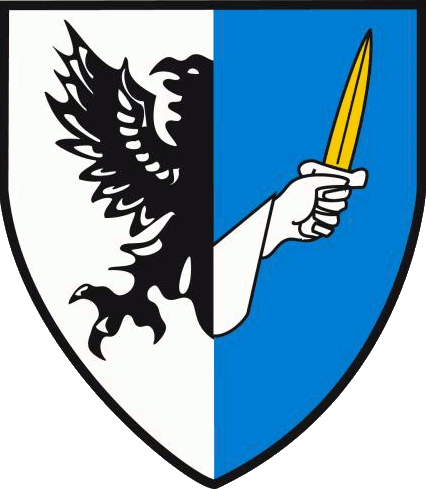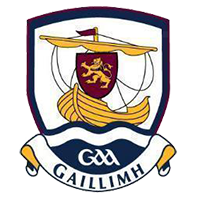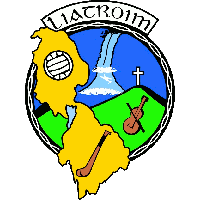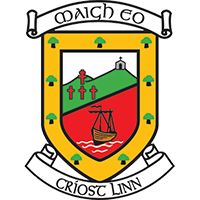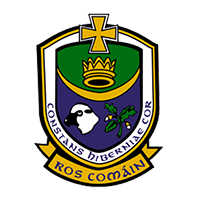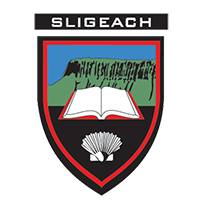Grip & Swing
These activities allow the coach to determine whether the Hurley is the correct size and weight for the player.
Grip & Swing Phase 1
Grip & Swing Phase 2
Grip & Swing Phase 3
Striking
Striking the ball on the ground is one of the most important techniques in Hurling. It is important that players are encouraged to strike from the dominant and non-dominant side from an early age.
Striking Phase 1
Striking Phase 2
Striking Phase 3
Hand-Pass
The Hand Pass is used to pass the sliotar over shorter distances by striking it with the palm and fingers of the hand.
Hand-Pass Phase 1
Hand-Pass Phase 2
Hand-Pass Phase 3
Roll lift / jab lift
The Roll Lift is used to raise the sliotar fromo the ground into the hand. Generally used when the player is stationary. Can also be used to raise the sliotar to strike without taking the sliotar into the hand.
Roll lift / jab lift Phase 1
Roll lift / jab lift Phase 2
Roll lift / jab lift Phase 3
Catch
The Overhead Catch is used to gain possession when the sliotar is approaching above head height. Requires excellent hand eye coordination.
Catch Phase 1
Catch Phase 2
Catch Phase 3
Solo
The Solo Run is used to carry the sliotar to a better position, or to get away from an opponent. The sliotar may be carried balanced on the Hurley, or hopping on the Hurley
Solo Phase 1
Solo Phase 2
Solo Phase 3
